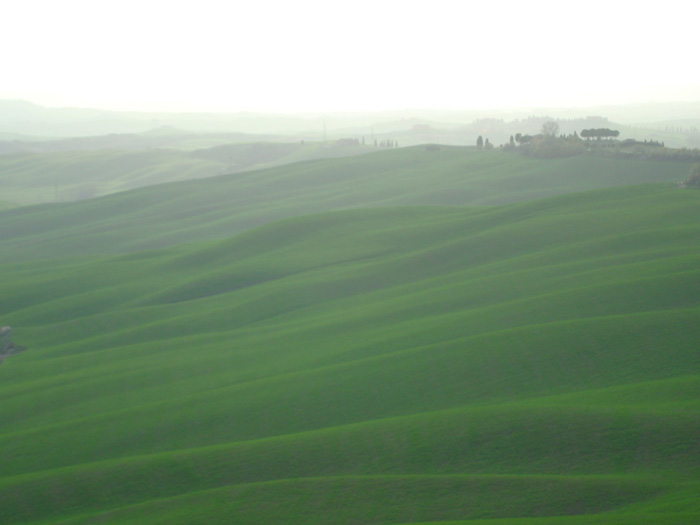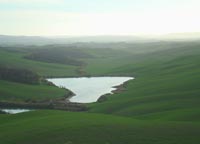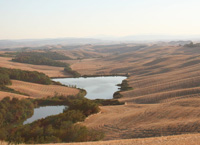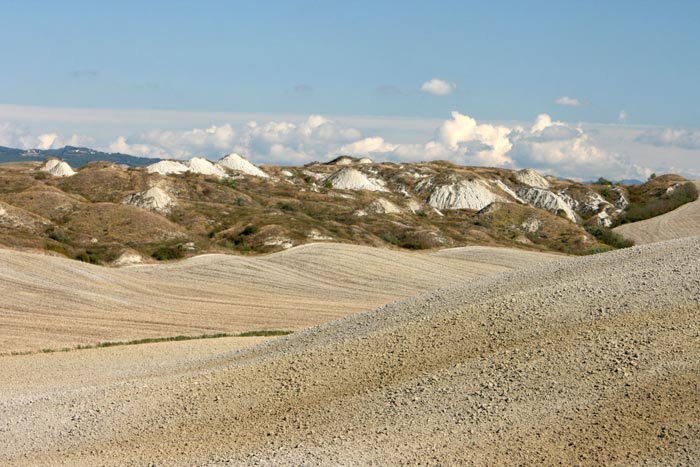Collegium Vocale Crete Senesi
Collegium Vocale Crete Senesi is an annual music festival under the artistic direction of Philippe Herreweghe in the Crete Senesi in Tuscany.
2017 promises to be a special year: the year in which artistic director Philippe Herreweghe celebrates its 70 years and in which the world is celebrating the Monteverdi-year (Claudio Monteverdi was born 450 years ago). Special event will be the performance of Claudio Monteverdi’s Vespers by Collegium Vocale Gent and Philippe Herreweghe in the beautiful setting of the Sant’ Anna in Camprena monastery.
For more information: Collegium Vocale Crete Senesi
Program 2017
|
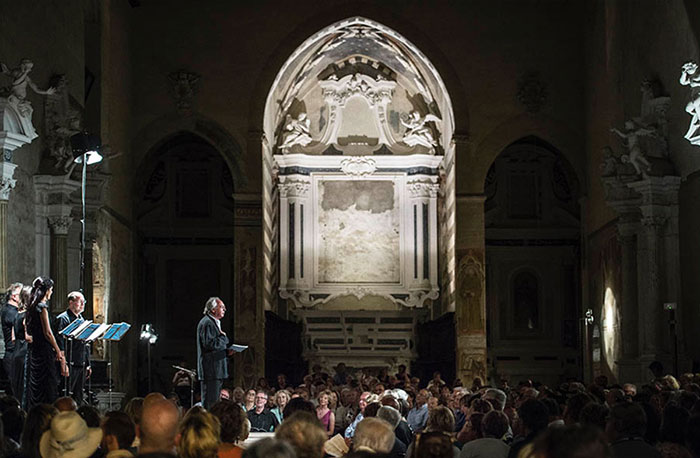 |
Collegium Vocale Crete Senesi [1]
|

|
|
|
 |
|
 |
|
 |
Crete Senesi presso Asciano
|
|
Deserto di Accona |
|
Biancane nelle Crete Senesi vicino a Monte Oliveto Maggiore |
 |
|
 |
|
 |
| Crete Senesi, balle di fieno, vicino a Riserva naturale Lucciola Bella |
|
Pieve di Santo Stefano a Cennano. Absidi
|
|
Chiusure and the Campanile of Santa Maria di Monte Oliveto Maggiore
|
| |

Castiglioncrello Bandini is about 18 km far from Montalcino and it is located in a spot overlooking the Orcia and Ombrone river valleys, a suggestive and varied area of Tuscany that should not be missed.
Tuscan farmhouses | Podere Santa Pia
|
| |
|
|
|
|
|
| |
|
|
|
|
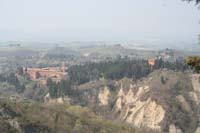
Monte Oliveto Maggiore abbey |
|
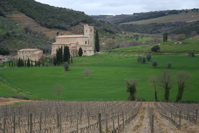
Abbey of Sant 'Antimo |
|
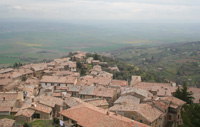
Montalcino |
| |
|
|
|
|
Nature Train in the Siena region
|
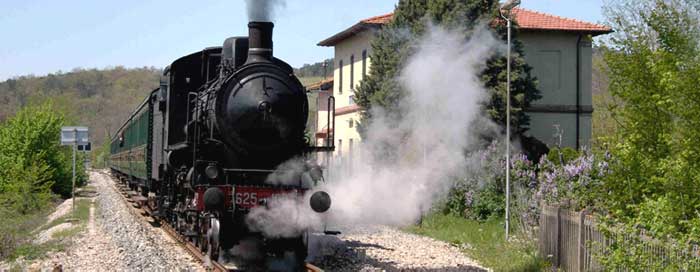 |
The Asciano-Monte Antico railway
|
The Asciano-Monte Antico railway line was closed in September 1994 because it was considered a "dead branch". He had a too small traffic of passengers to justify a normal service.
Across the area of the Crete Senesi and the valley of the Orcia river at the foot of Mount Amiata, the line is, however, in an area of a special environmental and landscape value, where among other things, it is produced a very fine wine, the famous Brunello and where it was established the Artistic Natural and Cultural Park of Val d'Orcia.
Thanks to the Train Nature project, the Asciano-Monte Antico has been reopened during certain no working days as a "tourist train" following the many examples of this kind which exist in other European countries and North America.
Val d'Orcia Railway Association volunteers provide customer assistance and the improvement of existing attractions along the route. The Nature Train Project wants to show us how, with innovative forms of management, the reuse of secondary railways, which run in areas far away from the phenomena of urbanization and industrialization, cover for that reason a fundamental naturalistic role. The initiative aims also at contributing to the preservation of an important heritage of "industrial archeology".
In order to emphasize also the historical value of the "Tourist Railway", the service is provided by especially restored vintage locomotives and sometimes by steam locomotives and “a hundred doors” coaches.
For information and reservations:
FVO - Ferrovia Val d’Orcia
e-mail: trenonatura@ferrovieturistiche.it
Ph: +39 0577 207413 - +39 338 8992577
Address:
Arcidosso, 58031 Arcidosso (GR)
Nature Train in the Siena region is an initiative of the Siena Province, State Railways, Club Alpino Italian and Orcia Rail Network.
|
 |
The best way to visit the Crete Senesi is to walk in the countryside. There are some very scenic routes: The Strada del Pecorile, between Asciano, Trequanda, Chiusure and San Giovanni d’Asso, which starts from the Porta Massini and leads southwards, was really important in the past because it linked Asciano and Trequanda, Chiusure and San Giovanni d’ Asso. Its main characteristic is that, some kilometres from the village, it goes on a series of calcareous hills, which are the highest of the area and, for this reason, they offer splendid panoramic foreshortenings.
Strada Bianca di Medane: a country lane departing from Arbia and leading to Asciano along the path of the old Roman road Lauretana Antica and then continuing to Medane. It runs on the top of the hills, and the views over the Crete and Siena are incredible. From this road it is possible to continue on a similar country lane that leads from Monteroni to San Martino in Grancia and Vescona.
Strada Bianca di Montauto: departing from the old Roman road Cassia just before it reaches Lucignano d’Arbia, it’s the perfect road to admire the impressive calanchi on the Ombrone Valley.
Vecchia Strada della Riccia: the old road between Siena and the Val di Chiana running through the countryside of the Crete and the woods “Riccia”.
Strada Bianca di Pieve a Salti: quite off-the-beaten-path, it leads from San Giovanni d’Asso to Buonconvento through the hills comprised between the rivers Ombrone and Asso. A beautiful rural area, and a lovely pieve.
|
| [1] Photo by Michiel Hendryckx. Source: www.collegiumvocalecretesenesi.com |








